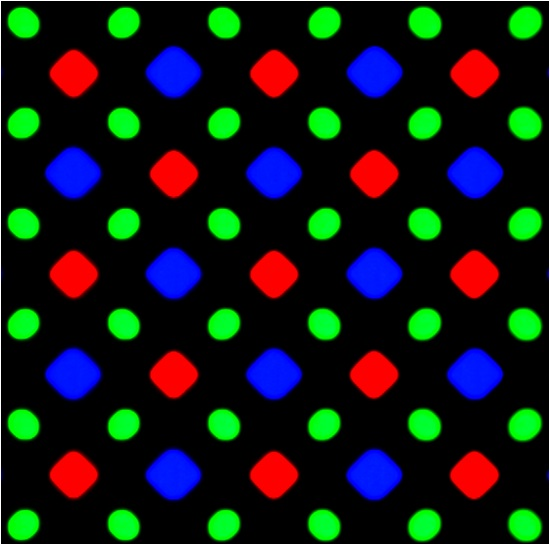The red tint – a curse or a blessing
While the media (especially iPhone fanatics who thrive on Samsung controversy) will focus on the issue because it grabs page views, this is not a problem even close to the magnitude of the Note 7’s burning battery, with the phone’s display, after evaluation by Displaymate’s President Raymond Soneira, the go-to authority for display evaluations, said to be, “The Galaxy S8 is the most innovative and high performance Smartphone display that we have ever lab tested. So the Galaxy S8 becomes the Best Performing Smartphone Display, earning DisplayMate’s highest ever A+ grade”.
So the phone will not explode, and resetting the display defaults to the factory settings alleviates the problem if it occurs, but some articles are a bit more conspiratorial, and are focusing on two other points that actually make no difference to the issue. The first is the idea that Samsung has adopted a ‘super red’ emitter material for the new phone, which implies that it is so ‘strong’ that is overwhelms the green and blue sub-pixels, causing the red tint. This is incorrect but partly true. We believe Samsung Display (pvt) has adopted a new and improved red emitter material produced by Universal Display (OLED), but color balance is set by the size and pattern of the sub-pixels and the driving intensity, not by the material itself. So why would Samsung change what has been a good thing? They change the OLED materials whenever they can improve the quality of the display, and in the case of the new and improved OLED materials in the S8, they gained a 5% to 19% brighter screen, and an improvement in color gamut, a standard that shows how much of the visual spectrum the phones display can reproduce. They try to improve these phone aspects with each new model, and unless there is a design flaw in the compensation circuitry, it is a distinct positive, not a negative.
The other ‘blame’ for the red tint has been the Diamond pixel pattern used by Samsung in the S8 (see Fig. 2). Some articles have blamed the sub-pixel pattern, which looks like it has extra green sub-pixels, disturbing the balance between the primary colors. This is incorrect, as the size and pattern of the sub-pixels is determined by the efficiency of each material color and further by the current applied to each. More current drives colors to be brighter, but also shortens their lifetime, so a new, more efficient material allows the driver to use less current and extend the lifetime, while at the same time extending battery life. Yes, OLED display manufacturers are constantly trying to find ways to make sub-pixels smaller in order to save material cost, but a more efficient emitter material stack gives more significant improvements, such as the ones that give this phone its ‘highest ever A+ grade’. Hopefully, Samsung will make sure the factory settings are correct as the phone is manufactured, but this seems much ado about nothing at this point.
The full text of the Displaymate Galaxy S8 shoot-out can be found here.


 RSS Feed
RSS Feed